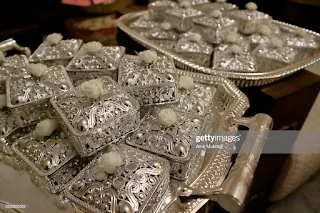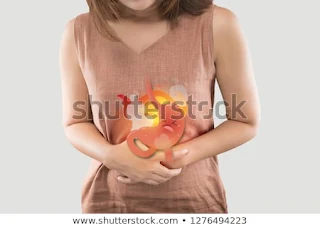Oil and Fat Consumption
Ayurveda
classifies lubricants in two major types according to their source.
1) “Sthawar” or static: Lubricants
obtained from Sesame(Til), Buchanania lanzan(Chironji),Pine nut(Chilgoza),
Beleric myrobalan(Bahera), Myrobalan(Badi Harad), Castor(Arand),
Bassia Latifolia(Mahua), Mustard(Sarso), Schleichera oleosa(Kusumbh),
Aegle marmelos(Belgiri), Semecarpus anacardium(Bhilawa),Radish
seed(Mulak), Flaxseed(Alsi), Wallnut(Akhrot) and Pongamia
Glabra(Nata Karanjua) are “Sthawar” or static lubricants.
Among the static sources
of lubricants Sesame (Til) oil is best to bring strength and softness.
Castor (Arand) oil is best for purgation.
2) “Jangam” or Dynamic: Lubricants
obtained from Fish, animals, birds
their milk, curd, clarified butter (Ghee), flesh and marrow are “Jangam”
or dynamic lubricants.
Among dynamic sources Clarified
butter (Ghee) is the best because it can absorb the properties of the
other stuffs when mixed.
Who
should consume which oil?
· Person whose body is, of “Vata-Pitta”
type, who suffers from aggravated “Vata” or “Pitta”, who wants
great eyesight, weak, aged, kid, who wants to live long, who wants strength and
glowing skin, who wants great voice, who is trying for child, who wants
softness, who wants good memory, brain and digestive fire, who wants strong
senses and those who are injured from arms or fire or poison should consume
clarified butter “Ghee”.
· One who has excess of “Kapha”
and fat in the body. Whose tummy and neck is thick and loose, who is suffering
from “Vata” imbalance like joint pain, who wants strength, who wants to
loose weight, lightness of body, contraction of the body, smooth and lustrous
skin, who has worms in stomach, who experiences purgation and who is suffering
from Pilonidal sinus(Nadivrana) should consume oil in Hemant and Shishir
Ritu (mid Nov-mid Mar) during daytime.
· One who bears the air and sun all
day, whose body is dry, who lifts heavy weight, who has become weak because of
labour, whose blood and hormones have dried, who has very low “Kapha”
and fat in the body, who has disease related to bones, joints, vessels and
trunk, whose digestive fire is very strong should consume animal fat.
· Those whose digestive fire is good, who
can bear painful emotions, who eats a lot, one who is used to consuming oils, who
have gas/air trouble can consume marrow.
Quantity
of oil:
Quantity has
to determined by time period in which the oil gets digested completely.
“Pradhan
Matra” or primary amount: This amount takes 24 hours to digest. This amount has to be given to
person who is a regular user of oil. Who cannot tolerate hunger and thirst, one
who is strong and have strong digestive fire, who have gastric ball in stomach,
whose body is intoxicated, mentally ill, who have urinary problem and whose faeces
comes dry. This amount of oil spreads in entire body and draws out the toxins.
“Madhyam
Matra” or medium amount: This amount takes 12 hours to digest. The
person who have Lipoma, Abscess, Rash, Itch, Scab and other skin problems. One
who is diabetic, have excess urination problem, eats in balanced amount, whose intestine
is not very strong (Even milk acts as purgative) and is fairly strong, should
be given this amount.
“Hasva
Matra” or least amount: This amount takes 6 hours to digest. Elderly, kids, who is fragile
physically, who lives luxurious life, who experience stomach ache on being
empty stomach, who have low digestive fire, who is suffering from prolonged
fever, dysentery, cough etc should be given least amount of oil so it gets
digested easily. This can also be used for long.
Caution: Ayurveda
has defined ways to take the oils and have called it “Snehpaan”. Based
on the nature and strength of body of a person, the oil is selected and given
for either 3 or 7 nights.
Note: “Vata”,
“Pitta” and “Kapha” are three doshas of body
mentioned in ayurveda which in balanced state keeps the person healthy.
“Vata”
is gas or air in your body. If aggravated, it causes joints pain and gas
trouble.
“Pitta”
is acid and heat in the body. If aggravated, it causes burning
sensation, thirst, over hunger etc.
“Kapha”
is cough or lubrication which lubricates the body.


























